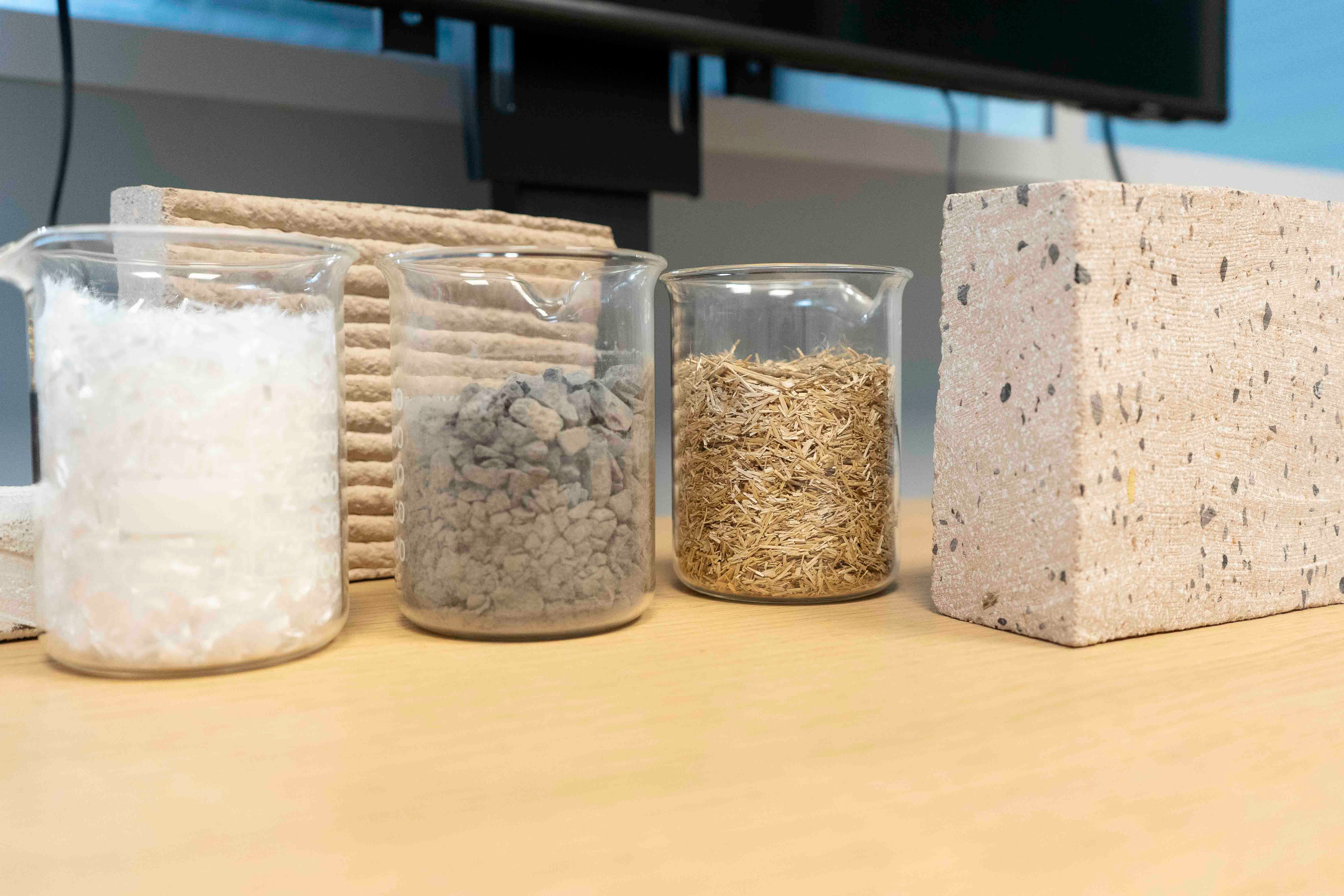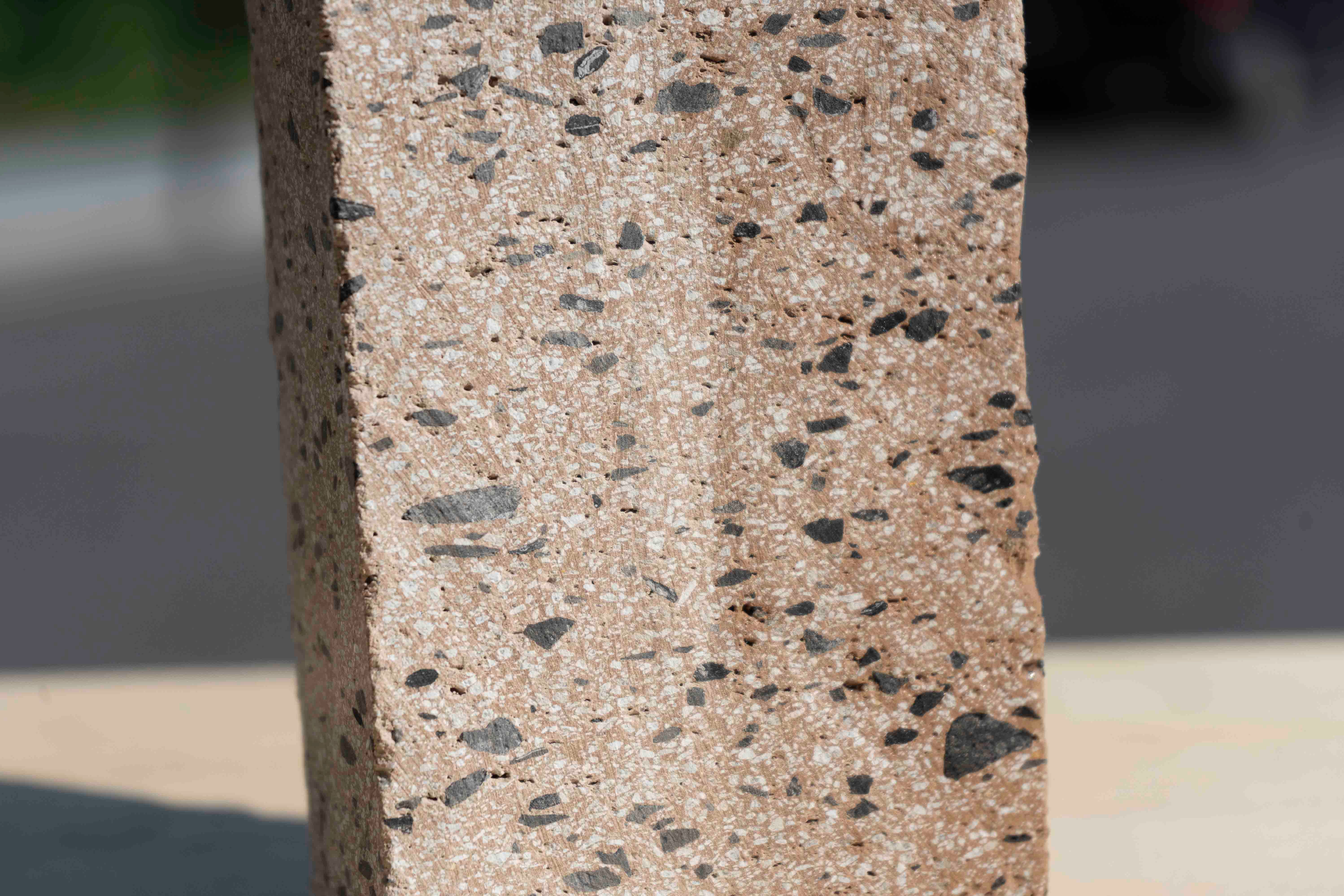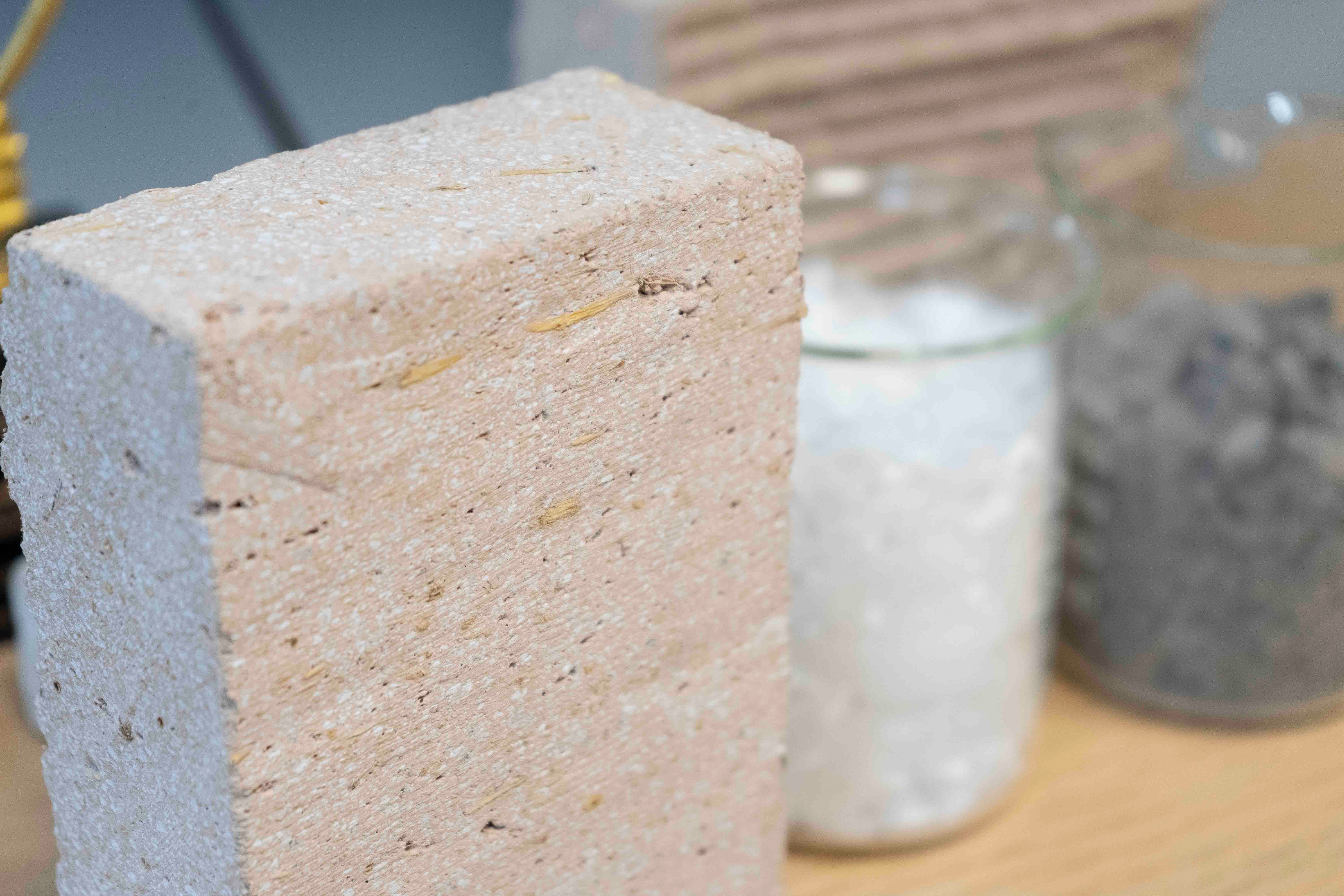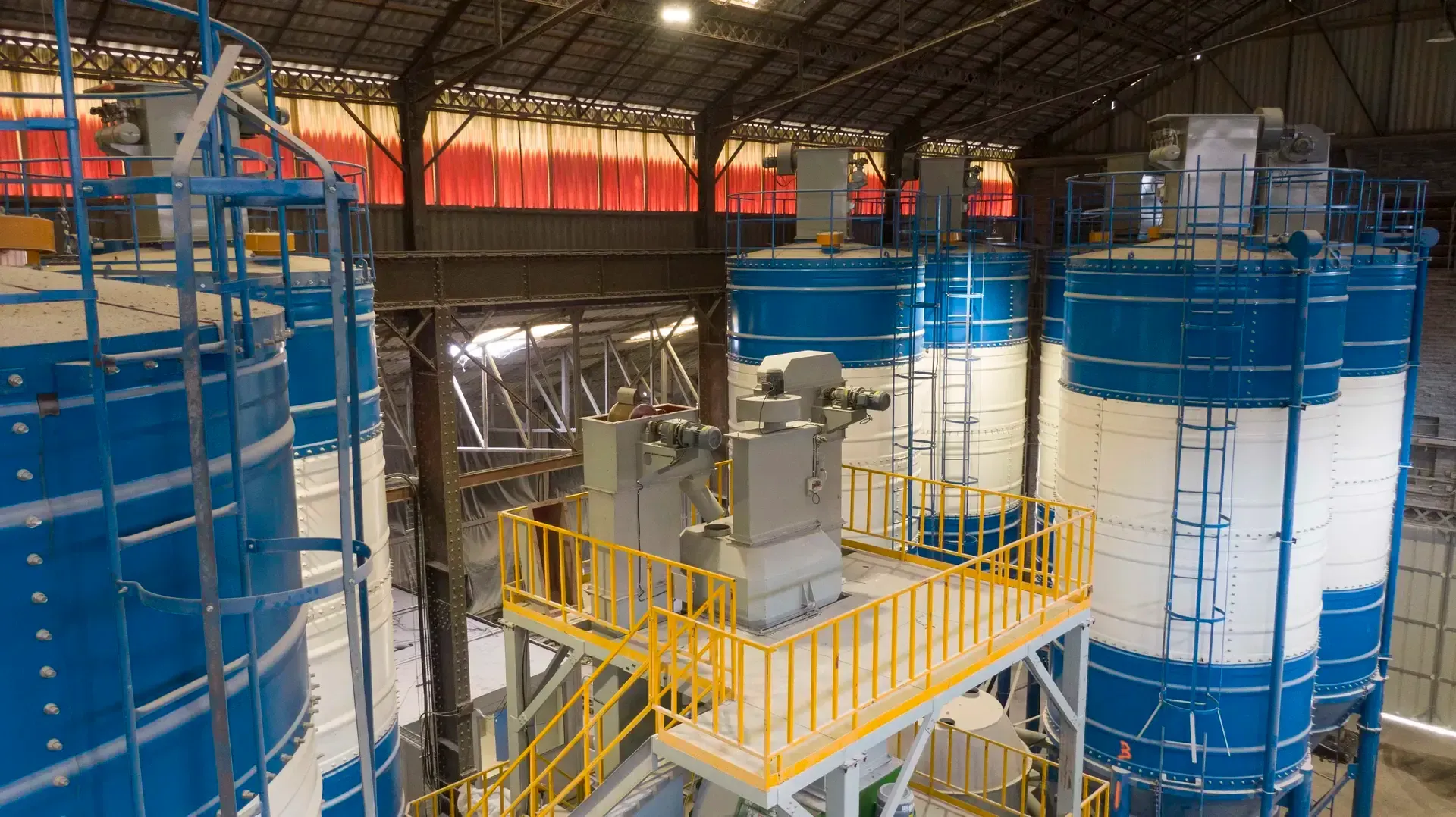The Custom Approach: Termix-3D’s 10mm Aggregate Micro-Concrete
Material as a Driver of Innovation At Constructions-3D, innovation goes beyond the machine—it’s also in the material. Every formulation, test, and mix is designed to precisely meet the challenges of 3D concrete printing. This pursuit of the ideal material drives our teams, especially in our lab, where researchers and technicians develop custom mortars and concretes with tailored properties. Recently, our efforts have focused on a new challenge: developing a micro-concrete incorporating aggregates up to 10 mm. This significant advancement opens the door to improved mechanical performance, greater ecological efficiency, and enhanced compatibility with the industrial needs of our clients.
Published on 22 June 2025

Written by Jessica Maciejewski

A Team Committed to Research
Behind this innovative material is an expert, complementary team: Estelle Hynek, PhD in civil engineering, leads the development and quality control of custom formulations, while Antoine Urquizar, engineer and co-founder of Constructions-3D and Termix-3D, oversees strategy and industrial production.
Their synergy enables smooth communication between fundamental research, lab testing, and production realities. “Constructions-3D’s lab allows us to respond quickly, test ideas, and prototype formulations almost in real time.”
Recent advances include the integration of natural fibers (flax) and the development of a material incorporating 10 mm aggregates—born from the ambition to expand the range of materials compatible with 3D printing.

Origins of the 10mm Aggregate Project
The trigger? A need identified by one of our clients who wanted to use materials closer to traditional concrete, including gravel.
"We wanted to go beyond mortar and explore the possibilities offered by micro-concrete."
In 2024, Termix-3D launched an R&D project to develop this new material. The teams quickly called on the expertise of MAPEI France, a long-standing partner and admixture supplier. Their rheology know-how was key to ensuring the product’s pumpability and extrudability.
The project also involved multiple testing phases with Constructions-3D and M-Tec equipment to validate machine compatibility and printing parameters.
Technical Characteristics of the Micro-Concrete
The 10mm aggregate material is a micro-concrete formulated for 3D printing, incorporating calibrated aggregates up to 10 mm—compared to 2–4 mm in standard mortar mixes.
Key features:
- Rheological behavior optimized for 3D printing
- Aggregates sourced locally from Tournaisis
- Composition optimized to reduce binder content
- Pumpability validated on Constructions-3D’s MiniPrinter PRO XL
“This material passed all test phases, from extrusion to structural integrity.”
Objectives and Opportunities
Adopting a larger aggregate size is more than a technical tweak—it’s a strategic response to real-world needs. By expanding the range of printable materials, Termix-3D and Constructions-3D aim to push the boundaries of what can be designed and built with 3D concrete printing.
This choice tests the true capabilities of printing systems on more complex mixes while targeting a significant reduction in binder content. This advancement aligns directly with efforts to lower the carbon footprint of building materials.
Expected benefits of this 10mm aggregate micro-concrete include potentially higher mechanical strength and a rawer aesthetic—especially appealing in architectural approaches. The material may also better suit certain structural uses, such as vertical printed elements.
While not yet a commercial product, this formulation represents a solid, promising proof of concept that paves the way for new 3D construction applications.
A More Sustainable Material
The 10mm aggregate micro-concrete fully embraces environmental responsibility from its design stage. Each component was selected for its geographic proximity and low environmental impact. The aggregates come from the Tournaisis basin, just a few kilometers from Termix-3D’s production site in Mortagne-du-Nord. This strategic location minimizes transportation and supports a short supply chain.
Another major advantage: the formulation significantly reduces the amount of cement, whose production is typically the main source of CO₂ emissions in traditional concrete manufacturing. By lowering clinker content, the material actively contributes to the industry’s collective decarbonization efforts.
This micro-concrete fits seamlessly into Constructions-3D’s low-carbon strategy, promoting cleaner, more local, and more circular construction sites.

Outlook: The Material of Tomorrow
At Constructions-3D, material is a lever for rapid adaptation. Thanks to an agile factory and a responsive lab, the company can produce custom formulations on short cycles. “The close link between research, production, and machinery is a unique advantage.”
Emerging trends in 3D concrete printing materials focus on increasingly tailored formulations that enhance performance and reduce environmental impact. These mixes are becoming more local, incorporating bio-based resources from the circular economy.
One focus of Constructions-3D’s lab is the incorporation of flax straw fibers. These agricultural residues, when added to mixes, improve durability while strengthening the material’s eco-friendly profile.
Beyond these trials, the teams design custom formulations for specific uses: fire resistance, acoustic insulation, thermal properties… Every project becomes a testing ground, an opportunity to refine materials, innovate, and push the boundaries of 3D concrete printing further.
3D Concrete Printing Enters a New Material Era

The development of the 10mm aggregate micro-concrete marks a key milestone in diversifying materials for 3D construction. It showcases Constructions-3D’s ability to co-innovate with partners, meet real-world needs, and profoundly evolve building practices.
This material is not an end in itself but a springboard toward a new generation of more responsible, high-performance materials tailored for 3D printing. Above all, it proves that the material can be as powerful a space for creativity as the machine itself.








